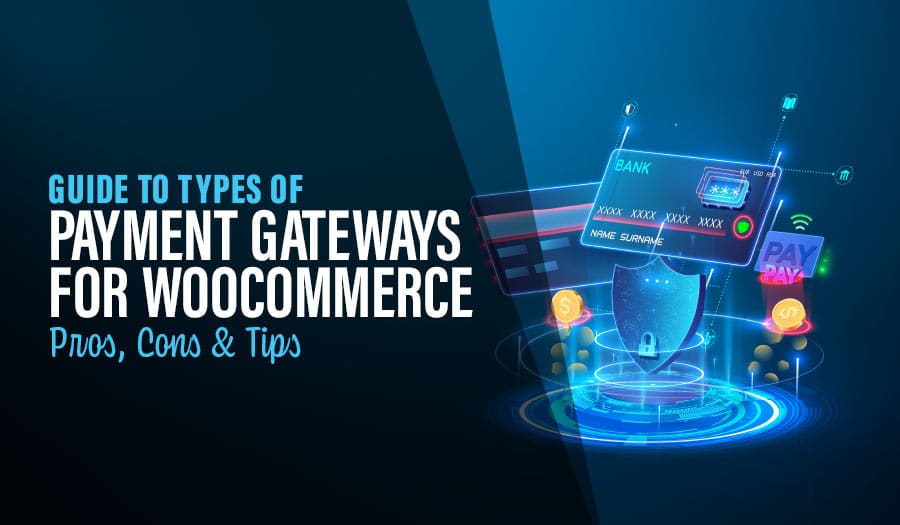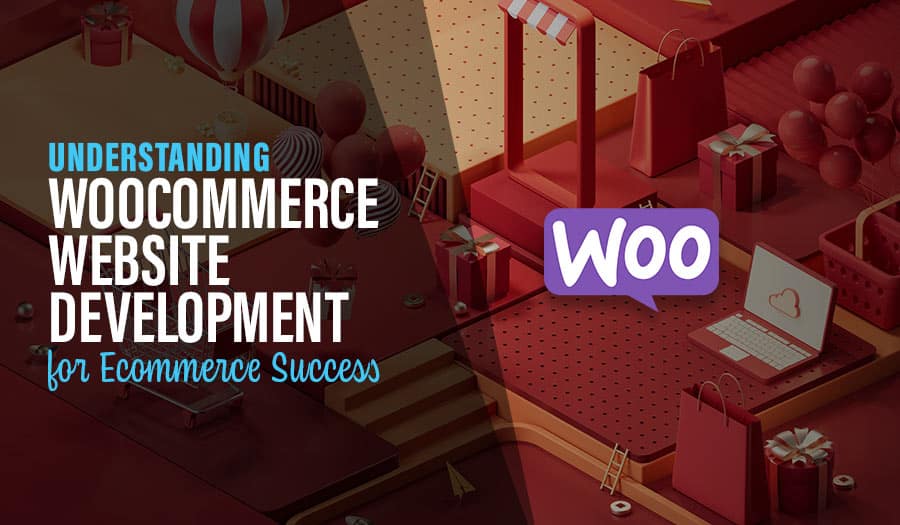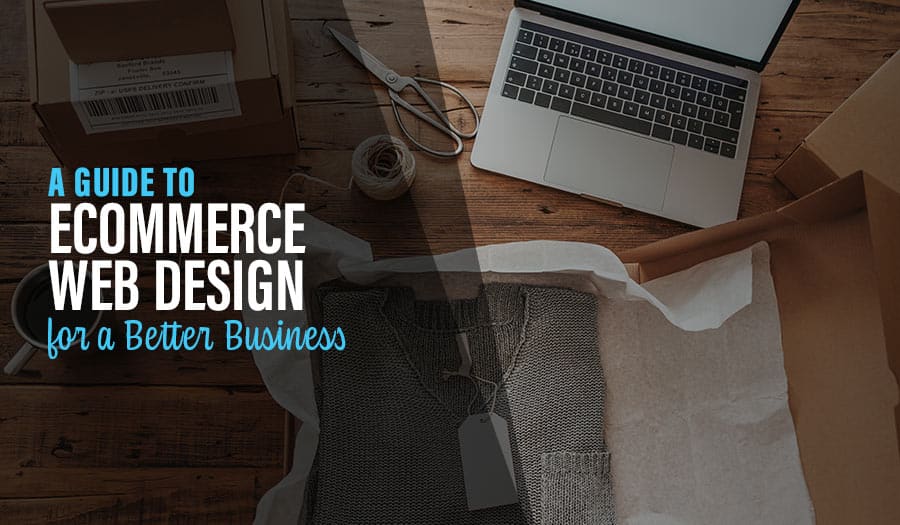Consider this situation: you decide to set up an ecommerce website for your small business. Until now, maybe you’ve only been marketing via word of mouth or traditional means of advertising, like print ads. Let’s explore Goal setting for Online Stores.
You know that to take your business to the next level, your marketing must be spot on.
So what are the keys to goal setting for your online store?
3 Goal-Setting Tips for Online Stores: Sales, Marketing and Branding
Obstacles to Online Success
Your sales will likely increase when you set up an online store. However, this is not something that’s automatically guaranteed. You could run into a whole bunch of issues, such as the fact that people simply don’t know about your ecommerce business. Or maybe they don’t quite trust your product yet. You don’t have a brand that people have come to recognize. Or there may not be an online demand for your selling things. These might seem like insurmountable problems but they’re not. If you’re setting up for online success, you need to have certain goals.
Make Online Sales Easy
It’s normal to expect your sales to increase when you take your business online. You’re making your product available to a wide variety of consumers. As long as they can afford to pay shipping charges, even people from the other side of the world will be able to buy what you’re selling.
At the same time, you also need to make sure that your ecommerce store is easy to navigate. People should easily be able to see your product, enlarge it if necessary, find it in a different colour, find related products and pay with the credit card of their choice. Plus, you need to make sure that you’re always stocking the products which are on your ecommerce website because there’s nothing as disappointing as seeing something that you like but being unable to buy it then and there.
Get the Word Out
People need to hear about your product in some way. So you also need to have a marketing plan in place, which involves blogging and social media. You could also use email marketing, if you prefer more traditional outbound methods. However, blogging and social media can be really helpful when you want to sell your product because they’ll get people interested.
For example, let’s assume that you’re selling blenders. You could praise your own product to no end without managing to get anyone’s attention. But let’s say you start a blog series with different types of smoothie recipes which can be made in your blender. This way, you’ll attract people looking up smoothie recipes. And by doing so, you may also get them interested in buying your blenders. Or maybe you’re selling clothes, in which case you might do a blog series about the latest fashion trends and who’s wearing what. This will interest your readers and propel them to buy your products.
Sell the Idea
Not only can you use your ecommerce store for marketing your product, you can even take it one step further and establish a brand. What exactly is a brand? It’s an idea that you create in the mind of the consumer. For example, when women think about a store like Forever 21, the image that comes to mind is a youthful, fashionable, reasonably priced look. On the other hand, when you think about a store like the Gap, the image that comes to mind is casual and relaxed, yet trendy. These are brands—they’re ideas that these stores have projected in the minds of their consumers.
You also need to make your products synonymous with a certain idea. And in order to do this, you have to be clear about that idea and come up with website design and social media pages that reflect what you’re about. Don’t go for a boring look if you’re a cutting edge company. And don’t go for a youthful look if your products are geared towards mature professionals. Be clear about who you are and try to project this via your online presence.
Contact us for more great tips on setting up for online success.
Take your online store business to the next level with a Pixel Fish Ecommerce Website.
Further Information
Discover the Best Blog Length for Google Rankings & SEO
7 Proven Strategic Pricing Tactics for Digital Products
Why You Need To Consider Using Background Videos On Your Website
Does Your Business Need A Hashtag Strategy to Succeed Online?
How Many Ecommerce Products Do I Need to Launch My Website?



